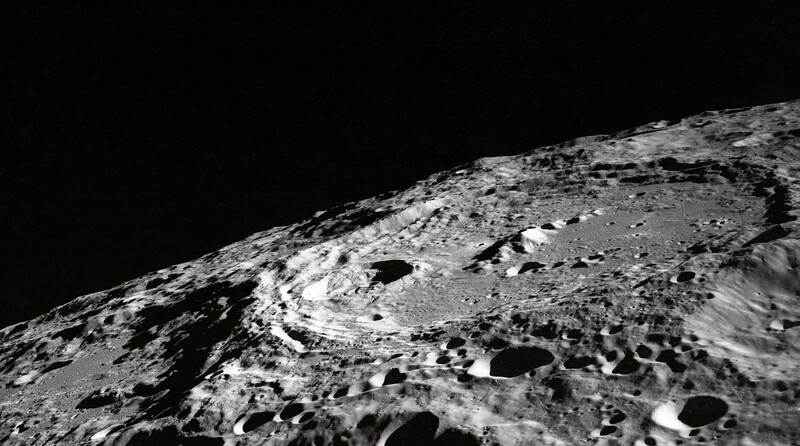Like vinyl records, lunar exploration is a 1960s fave that’s back in a big way.
Driving the news: India’s lunar lander Chandrayaan-3 begins its descent to the Moon this morning. If successful, it would be the first spacecraft to land on the Moon’s south pole and give India a leg up in the global rush to harvest lunar resources and establish lunar bases.
- This year has already seen two failed lunar missions, one by private Japanese space company ispace and the other by Russia’s space agency Roscosmos.
Why it matters: Much like how nobody owns the bottom of the ocean, no one can own the surface of the Moon… but that doesn’t mean countries can’t stake their claims. Creating a lunar presence brings geopolitical caché and dibs on harnessing its economic value.
- “Some people say whoever gets to the Moon and controls the Moon is going to have a massive political, economic, military power advantage, and it's going to propel them to dominate the next century," space policy expert Brian Weeden told Axios.
Zoom out: The south pole has become a high-priority area to explore as scientists believe it holds water frozen in ice. Access to water is critical for any future base, both to be used as hydration and to cool equipment. Water could also be used to make new rocket fuel.
What’s next: The US is trying to establish a set of ground rules for the use of lunar resources, but China and Russia, which plan to build a moon base together, are holding out their signatures.—QH
